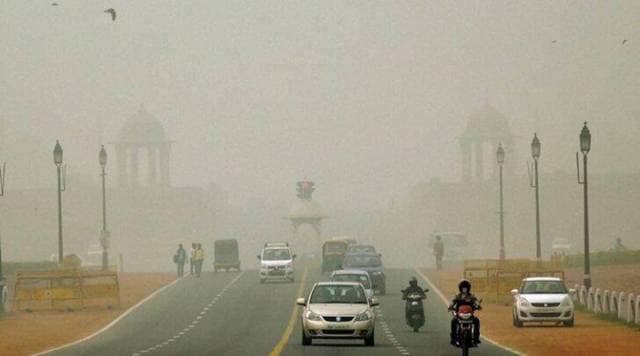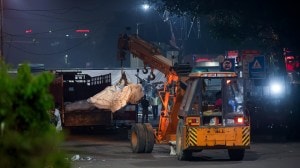Stay updated with the latest - Click here to follow us on Instagram
Delhi’s AQI ‘poor’ for nearly 3 weeks, experts attribute it to dust
On Friday, AQI had improved to reach 201, better than 280 recorded the previous day, but still in the ‘poor’ category, with PM10 and ozone as the predominant pollutants.
 The AQI in Delhi on Friday was 357, marginally higher than the 354 recorded on Thursday. (File Photo)
The AQI in Delhi on Friday was 357, marginally higher than the 354 recorded on Thursday. (File Photo)The air quality index (AQI) in Delhi has consistently remained in the ‘poor’ category for nearly three weeks, from March 28, going by the Central Pollution Control Board (CPCB) bulletins.
On Friday, AQI had improved to reach 201, better than 280 recorded the previous day, but still in the ‘poor’ category, with PM10 and ozone as the predominant pollutants.
On Thursday night, when parts of the city witnessed strong winds, PM10 levels were more than 10 times the 24-hour standard at some monitoring stations. At Anand Vihar, it was 1,291 µg/m3 at 10 pm, when the 24-hour standard is 100 µg/m3, going by data from DPCC. The level at Sonia Vihar was even higher at 1,824 µg/m3 at 9 pm, while it stood at 1,886 µg/m3 at Punjabi Bagh. At 5 pm on Friday, the PM10 concentration was 1,211 µg/m3 at Sonia Vihar.
Poor air quality can be attributed to dust, according to Gufran Beig, founder project director, SAFAR (System of Air Quality and Weather Forecasting and Research). Among the pollutants, PM 10 dominates, with about 70-75% of pollutants being PM10, he said. The SAFAR forecast also indicates that coarse particles of size greater than 2.5 micrometres and particle dust were the main pollutants on Friday.
A forecast issued by the Air Quality Early Warning System for Delhi indicates that AQI is likely to remain poor over the weekend.







